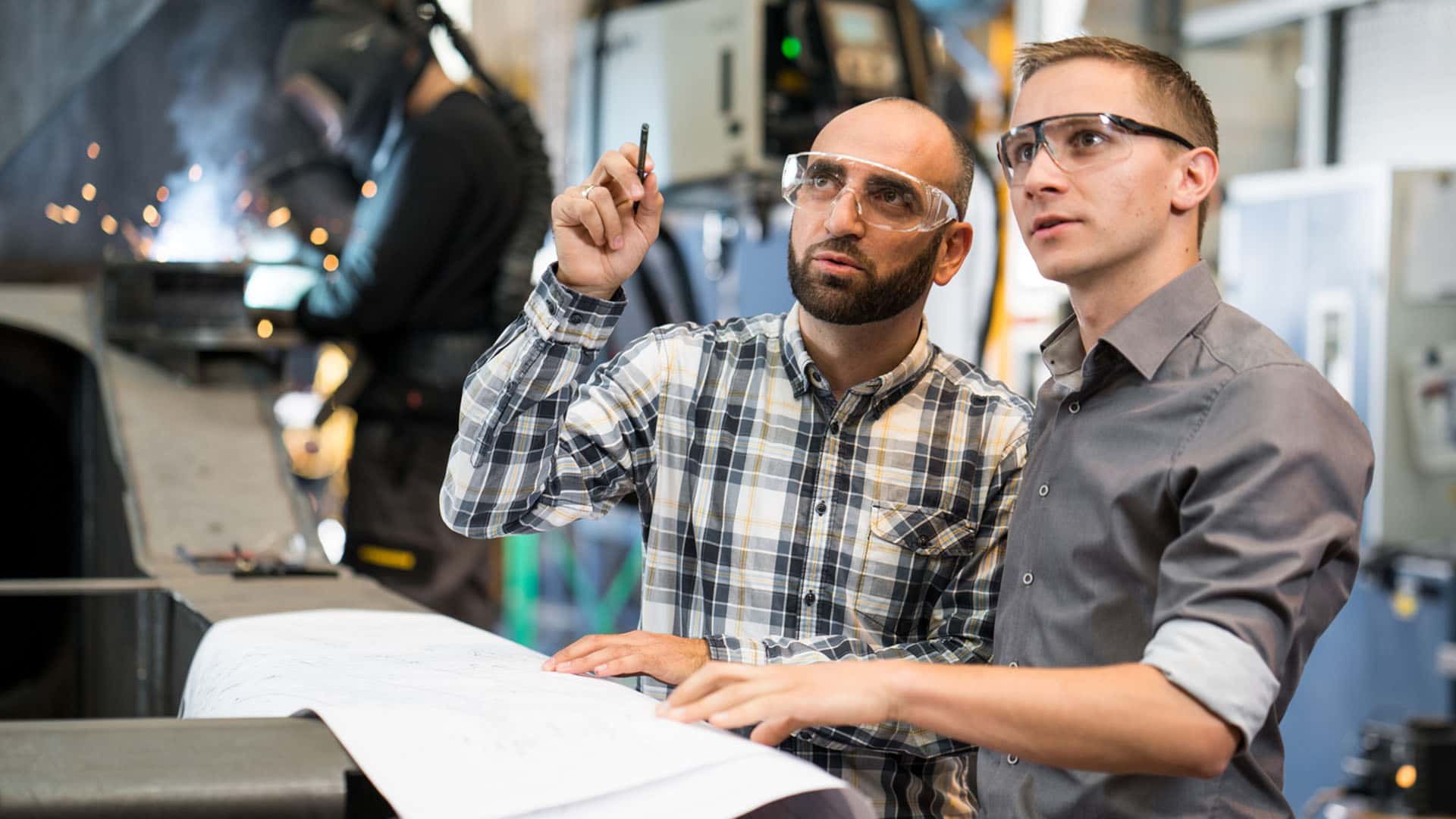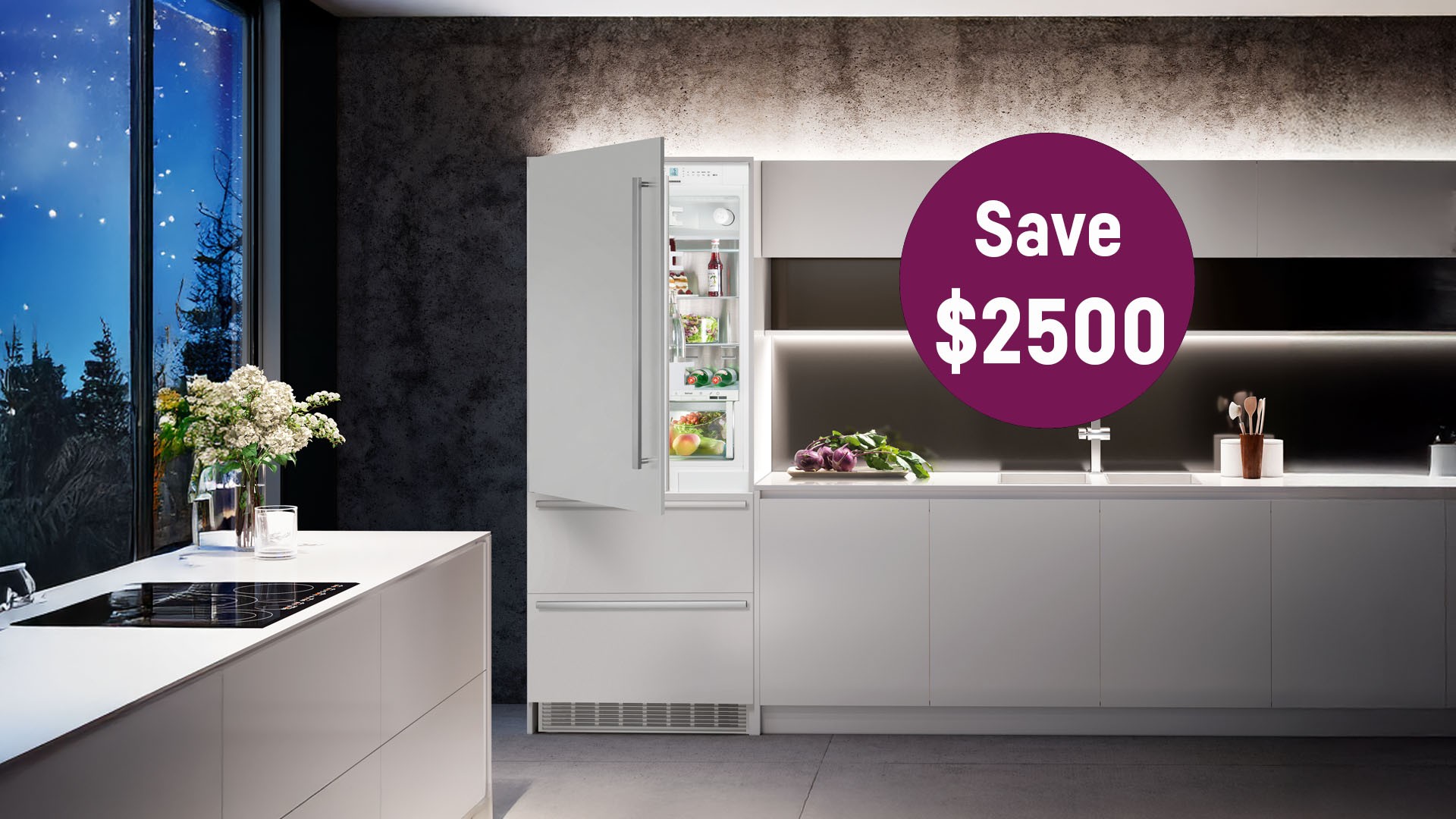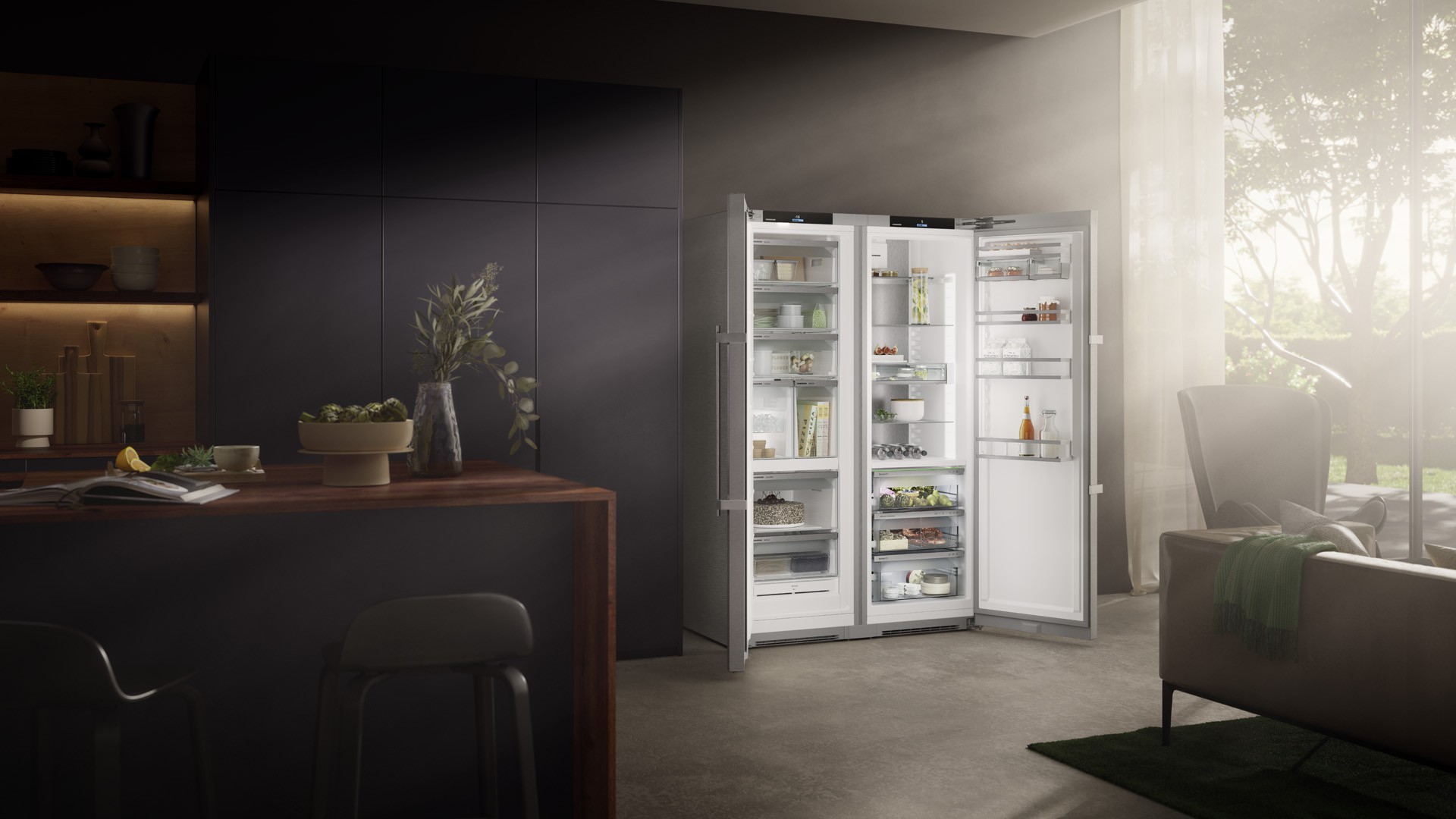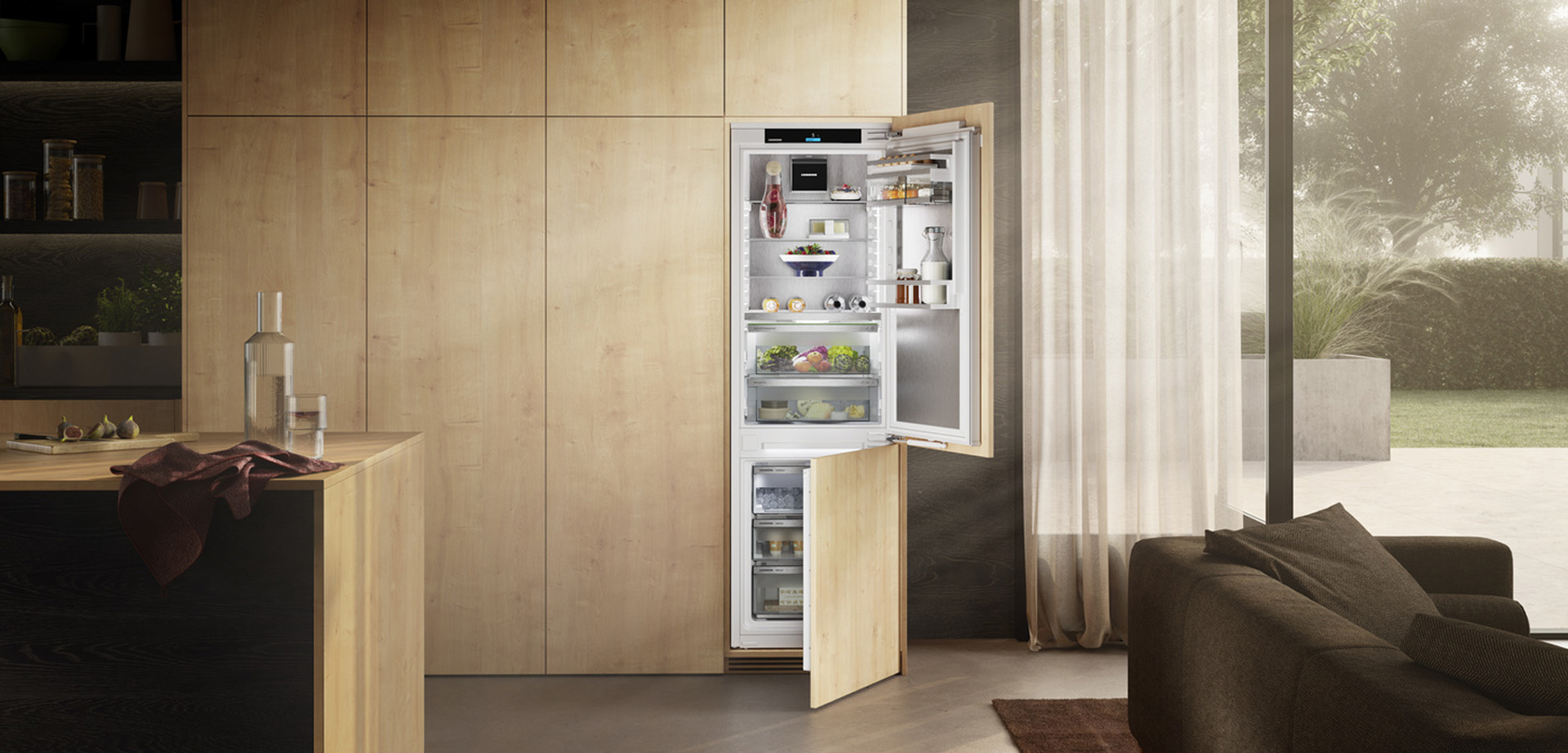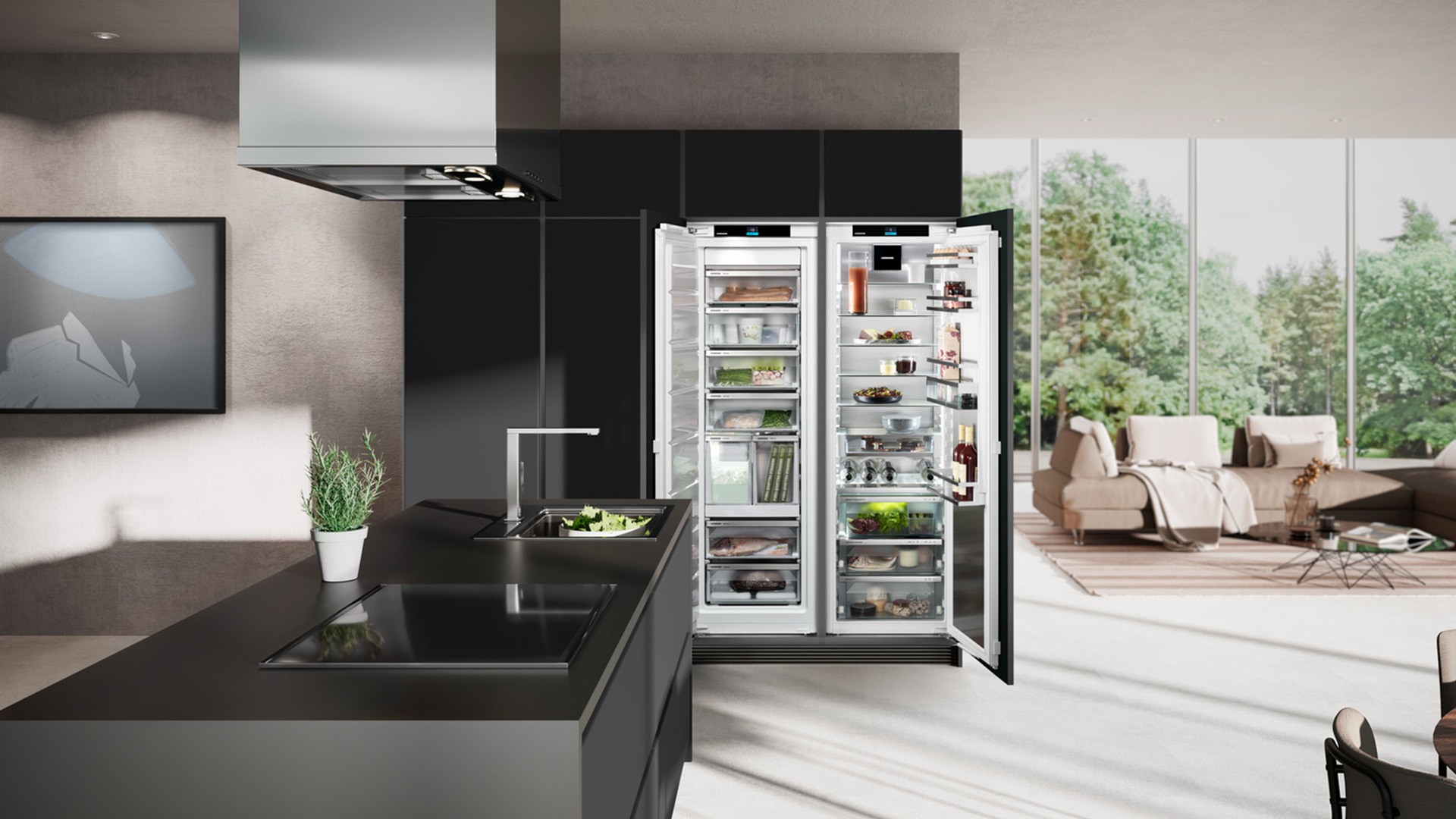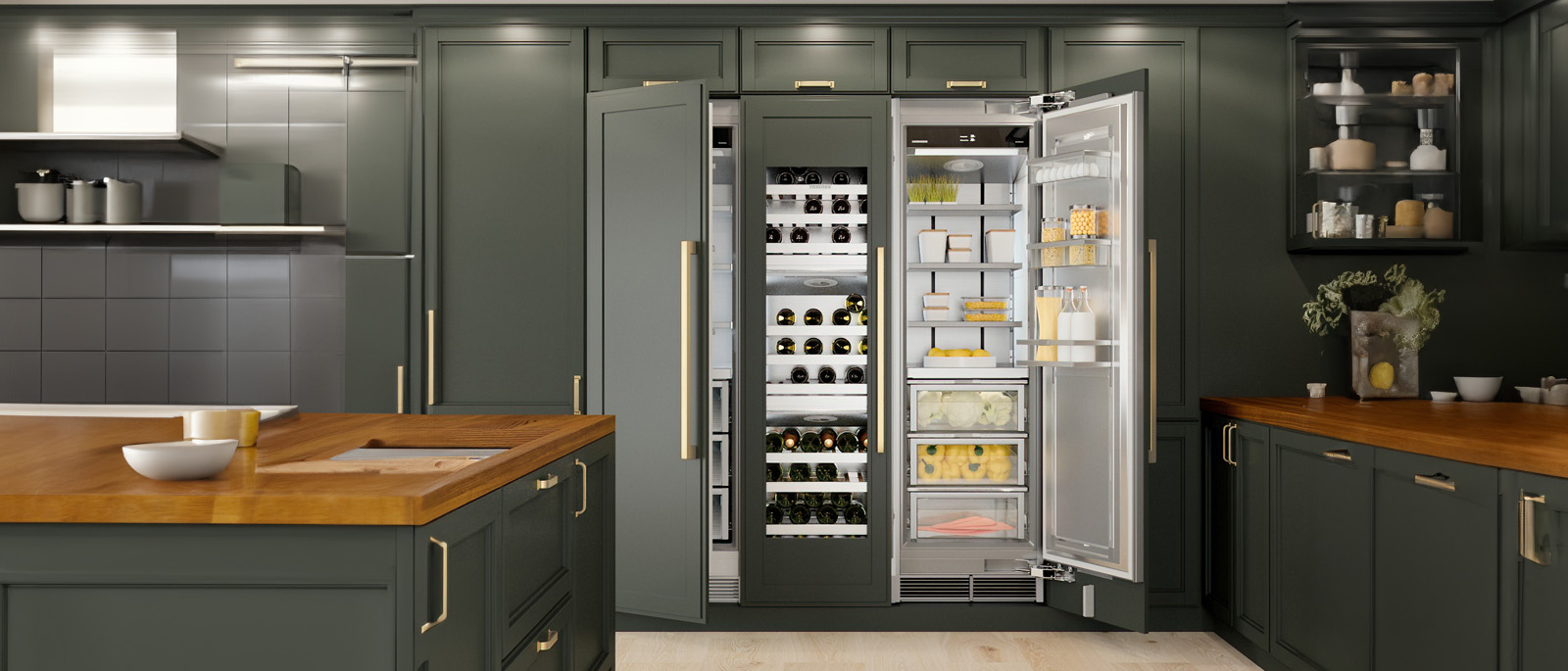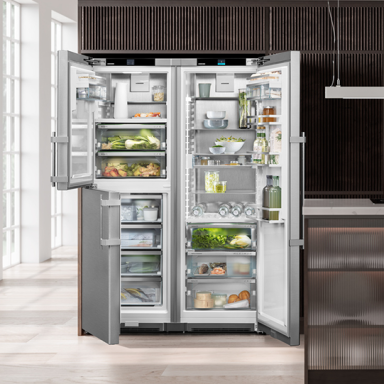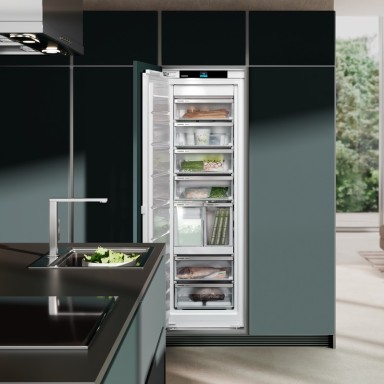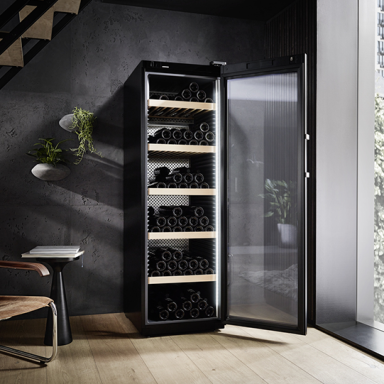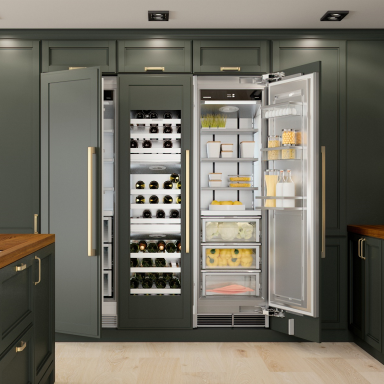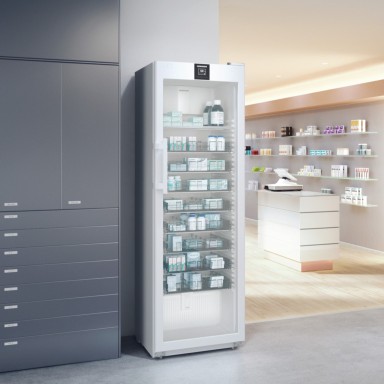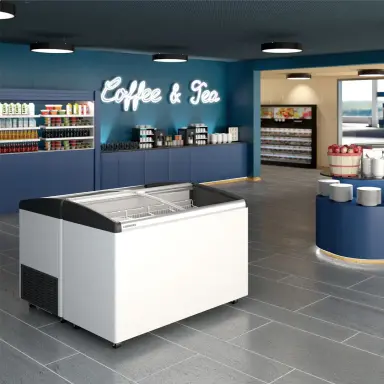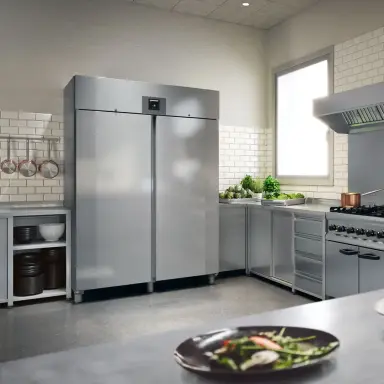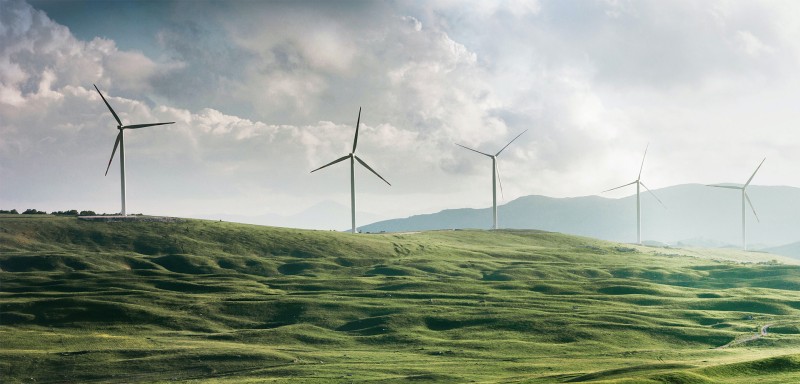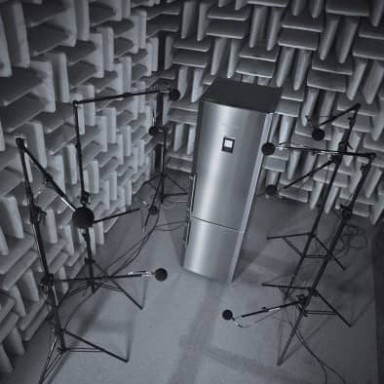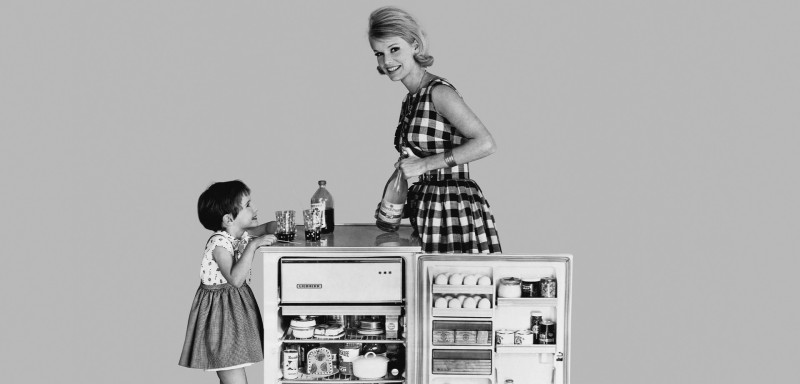 Refrigeration and freezing
Refrigeration and freezingThe product was added to your wish list.
The product was successfully added to the product comparison.
Decades of fresh ideas, designed with you in mind. Liebherr appliances are produced under the highest international quality standard ISO 9001 and are compliant with the international environmental management standard ISO 14001. Discover our range of household and commercial appliances.
Experience our passion for refrigeration and freezing.
Contact us
Experience our appliances with Liebherr's authorised distributor! If you have any questions, we are here for you.
Andi-Co. Australia Pty. Ltd.
Tel: 1800 685 899
Monday to Friday: 9am to 4.30pm
Weekend / Public Holiday: Closed

